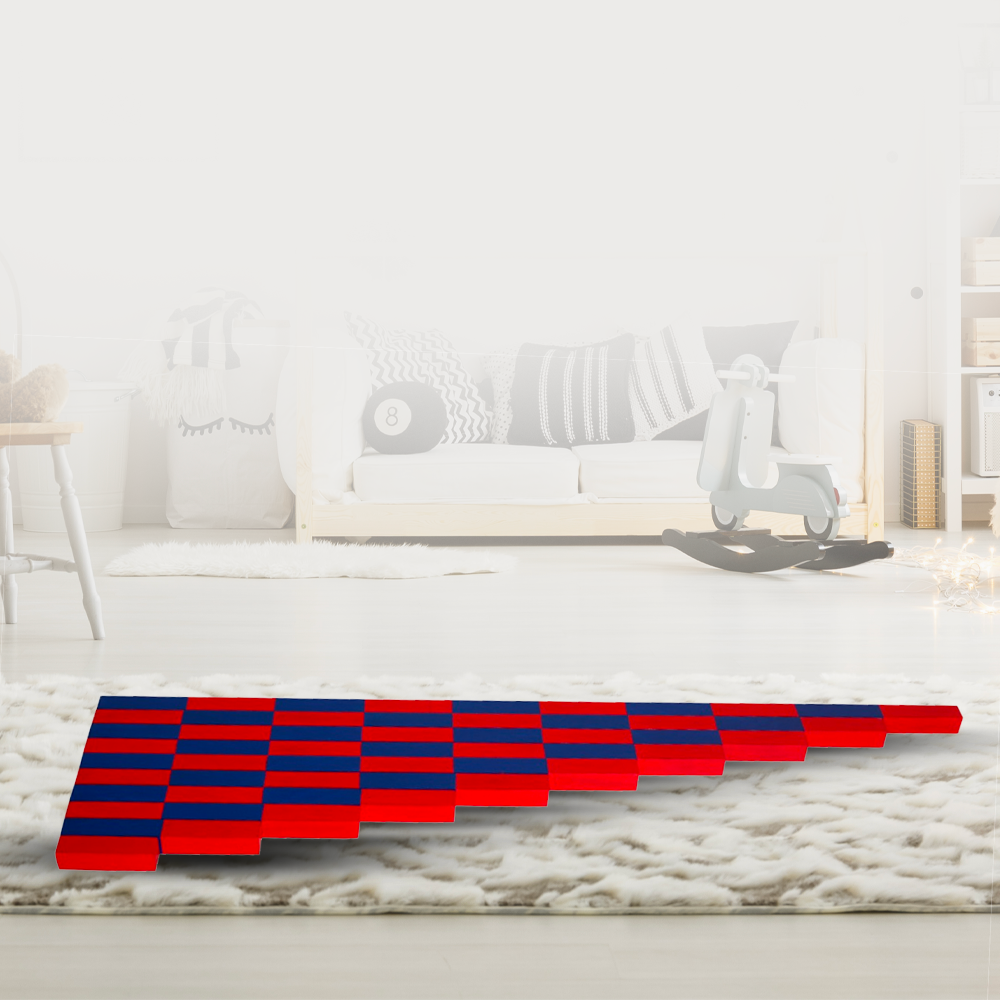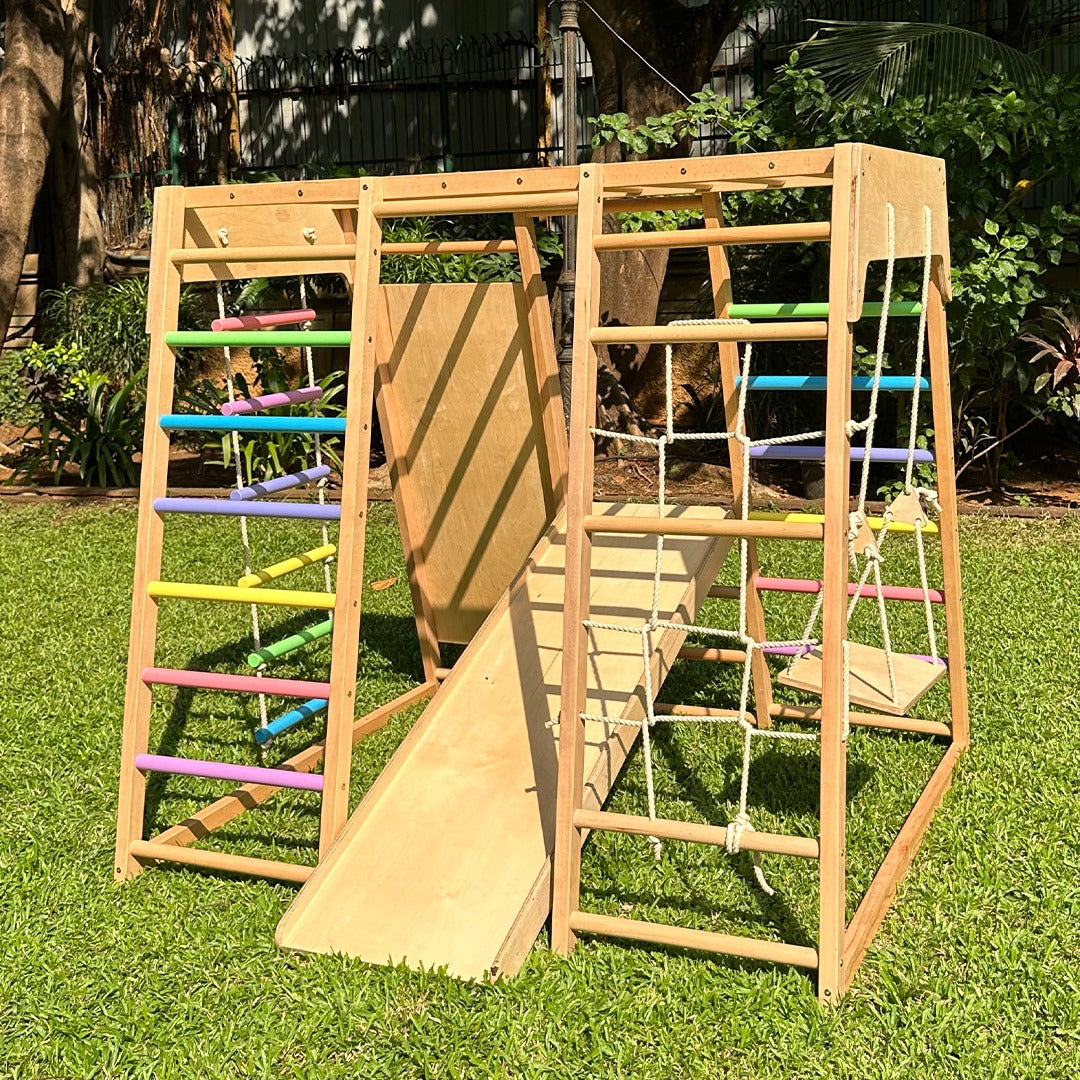More Than Just Play: The Deep Link Between Movement and Learning
Picture a child, perhaps your own little one, scrambling up a slide, trying to balance on a low wall, or running wild in a park, chasing after a kite. What do you observe? Joy, boundless energy, and undeniable physical development. But beneath this surface spectacle, something far more intricate and profoundly significant is unfolding within their developing brain.
These seemingly simple, often messy, acts of gross motor play are not merely about developing strong muscles or burning off excess energy after a particularly tasty *gulab jamun*. They are deeply, intrinsically linked to the very foundation of your child's cognitive development, particularly their ability to read, comprehend, and write effectively in the years to come. It's a connection often overlooked by parents, yet robustly backed by decades of neuroscience and educational research.
The Brain's Interconnected Superhighways
It might sound counter-intuitive: how does chasing after butterflies in a *maidaan* or trying to climb a sturdy *peepal* tree help with understanding phonics or forming letters? The secret lies in the incredible interconnectedness and plasticity of the human brain. At the heart of this connection is the cerebellum, often referred to as the



